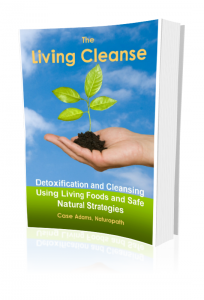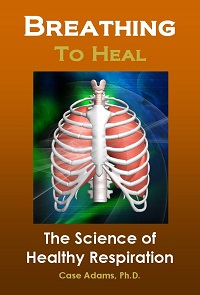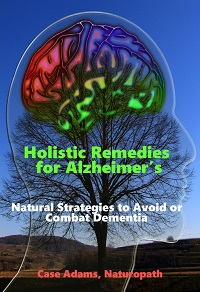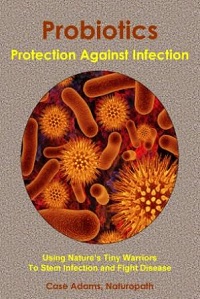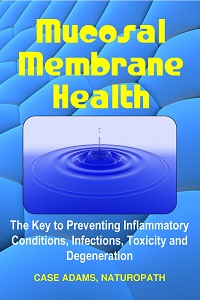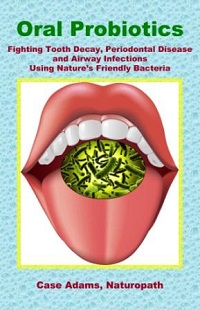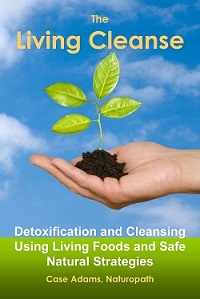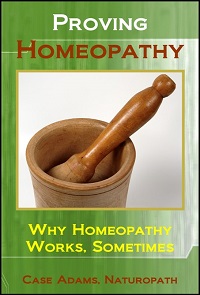Acrylamides Linked to Several Cancers
Acrylamides in foods are increased with frying and grilling. Recent studies show acrylamides increase the risk of breast cancer.
In this article
Breast cancer linked to acrylamide consumption
Researchers from the Danish Cancer Society Research Center in Copenhagen have determined that acrylamide consumption – found with higher amounts in fried and grilled foods – significantly increases the risk of breast cancer.
The researchers followed 24,697 postmenopausal women as part of a Danish study between 1993 and 1997. Out of the population, 420 of the women developed breast cancer prior to 2001. Of these, 110 of the women died of breast cancer prior to 2009.
The study gauged the women’s consumption of acrylamide by measuring their acrylamide hemoglobin and glycidamide hemoglobin levels in the bloodstream. The study found that higher levels of acrylamide and glycidamide hemoglobin in the women’s bloodstream was associated with a higher risk of breast cancer.
Upon consumption of acrylamide, some of it forms glycidamide hemoglobin and some combines with hemoglobin to form acrylamide hemoglobin.
On average, the researchers found that higher levels of glycidamide hemoglobin in the blood was associated with a 63% higher risk of dying from all breast cancers, and more than double the risk of developing an estrogen receptor-positive tumor.
Acrylamide hemoglobin levels also increased the risk of death the risk of estrogen receptor-positive tumors.
The researchers concluded that “the present study indicates that pre-diagnostic exposure to acrylamide may be related to mortality among breast cancer patients and that this may especially concern the most endocrine related type of breast cancer.”
Other research shows acrylamides linked to cancers
Research over the past two decades has linked increased acrylamide consumption to a number of cancer types, including colorectal and endometrial cancers.
Acrylamide content in foods reported by the U.S. Food and Drug Administration has found that many fried and baked foods contain several hundred micrograms up to 2,500 micrograms per serving. Early research suggested that consumption of less than 0.2 micrograms per day was safe.
A number of studies have tested acrylamide consumption with cancer risk. A 2015 meta-analysis study of research identified 32 studies. They found that higher dietary acrylamide intake produces a 20 percent increased risk of kidney cancer. It was also found to increase the risk of endometrial cancer by 23 percent. And ovarian cancer by 39 percent.
How are acrylamides produced?
Acrylamides are produced when starches or sugars are cooked at high temperatures for an extended period. Potato chips, French fries, charred and grilled foods, and some caramelized high-heat baked goods have high levels. Cigarette smoke and roasted coffee also contains significant levels of acrylamides. Other data has found that smokers will have almost twice the levels of circulating acrylamide and glycidamide hemoglobin.
The prevalent issues that relate to increased risk of acrylamide intake stem from the foods we choose to eat, and how we cook them. A diet heavy in processed foods – including baked goods and processed meats – increases our intake of acrylamides. Foods that are pre-cooked, such as chips, cookies and any other fried or baked good will have higher acrylamide levels because the food manufacturers must either overcook or cook both the ingredients and the final goods before being packaged to prevent contamination. This double-cooking and over-cooking process produces more acrylamide content in the end product.
Many foods, such as nuts and seeds, are typically available in both their raw form or roasted forms. Roasted forms often taste better, but they also yield higher acrylamide content.
How we cook our food at home significantly relates to the amount of acrylamide in our diets. Foods cooked on grills or open flames will have more acrylamide content because the food is in contact with more heat. Foods that are fried will also have a higher content, because we typically fry our foods at high temperatures. Grilling or toasting our foods until they are blackened also produces higher acrylamide content in the food. This goes for toast as well as grilled cheese sandwiches, which can both be toasted lightly and still taste great.
Lowering acrylamide content in our diets means eating more fresh and raw foods, and cooking as minimally as possible. When we do cook, using the lowest temperatures possible, and being careful not to overcook the food will result in less acrylamide consumption. Lightly toasting or lightly grilling our foods will often render better tasting food as well as lower acrylamide levels.
Dietary strategies can reduce breast cancer risk. Discover four mushrooms that fight cancer.
REFERENCES:
Olsen A, Christensen J, Outzen M, Olesen PT, Frandsen H, Overvad K, Halkjær J. Pre-diagnostic acrylamide exposure and survival after breast cancer among postmenopausal Danish women. Toxicology. 2012 Jun 14;296(1-3):67-72.
Pelucchi C, Bosetti C, Galeone C, La Vecchia C. Dietary acrylamide and cancer risk: an updated meta-analysis. Int J Cancer. 2015 Jun 15;136(12):2912-22. doi: 10.1002/ijc.29339.


